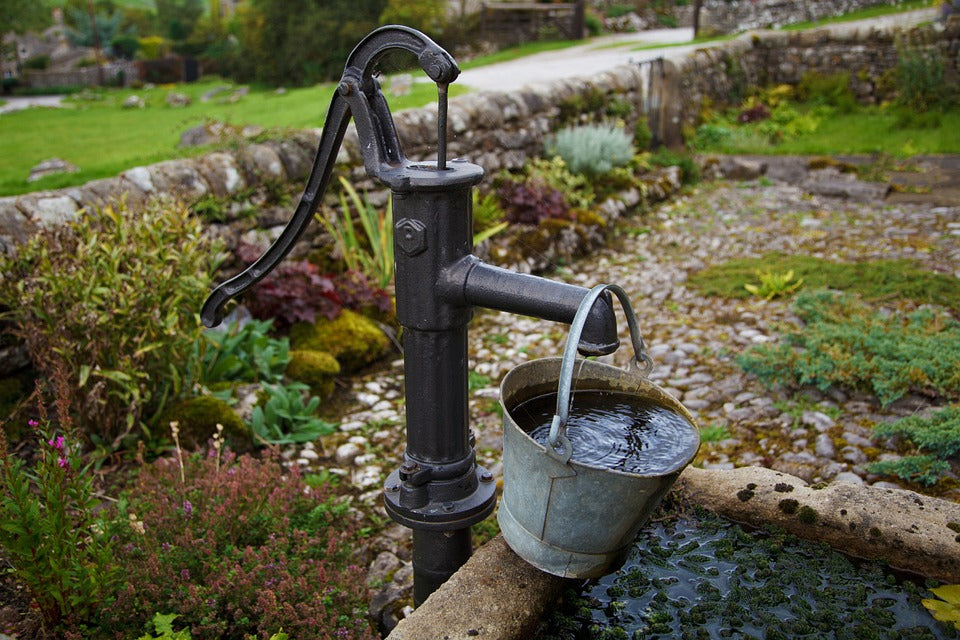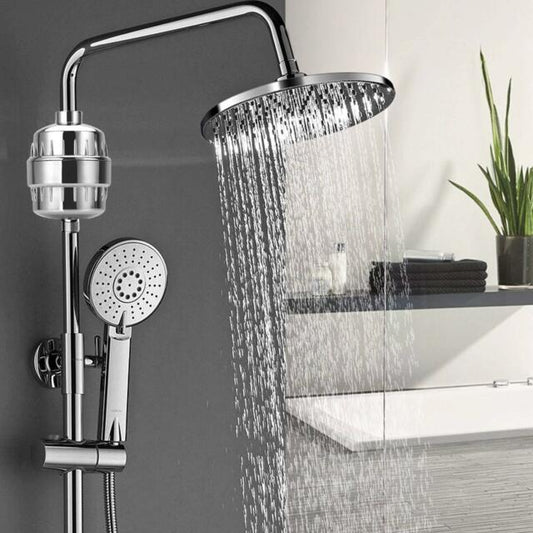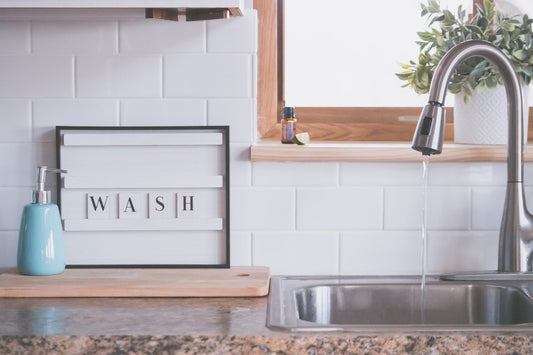For the longest time, wells served as essential sources of water for many people back in the day. Of course, you can’t see wells as frequently nowadays. The modern plumbing system of today is much more convenient. Of course, you may be curious as to how a well works. Whether you have access to a well want to learn more about it, or came across one on someone’s property, here’s how it works.

Source: https://cdn.pixabay.com/photo/2012/03/03/22/59/clean-21479_960_720.jpg
The History of Wells
To understand how well water works, you need to have some knowledge about accessing ground water through wells. In the early days, when someone wanted to access groundwater, they would have to dig a hole to access water from underground aquifers using a bucket or a pump. Some of the earliest traces of using well water date back to ancient Chinese civilizations around 7000 years ago.
Even the Egyptians used something similar to well water. They used a pump, known as a saqia, which would help them get water out of a well at around 10 meters. While drawing out water from wells may seem very unpopular, many communities across the world still rely on it as a source of clean water. Since the advent of modern plumbing, well water users have decreased. Even the people who still use wells need some assistance from plumbing systems.
Types of Wells
Mentioned below are the three types of wells:
-
Rock Wells: Their construction involves the use of natural rock formation, which doesn’t include soil, preventing it from collapsing
-
Shallow Wells: These wells are found at depths less than 50 feet and bored into unconfined water sources.
-
Sand Wells: these are constructed using soil, clay, or sand formation.
The Process: How Does It Work?
To make wells work, you must follow a complete process, even though it seems pretty straightforward: water is in the ground, so you use a bucket to pull it up. The first step involves constructing a well. To construct a well, start by digging a hole in the ground. You also need a pipe to go down all the way to the aquifer, which is the main source of well water.
Next, you need to call in a professional to install a pump. This pump helps carry the water from the ground, transferring it to the plumbing pipes.
The third step involves the motor pulling water from the aquifer, which is then equally distributed through your home’s water system. Once the water gets to your house, it stays in the pressure tank that goes through your kitchen faucet, shower, and other faucets.
As you can see, the process isn’t that complex. As long as you have the help of modern plumbing, you can still get well water straight from the source. Nevertheless, this could result in your home receiving contaminated water. Remember, the fresh water coming from your well doesn’t go through a filtration system. Using an advanced filtration system, you can rest assured that your well water is safe for consumption.
 Source: https://cdn.pixabay.com/photo/2015/05/28/20/03/fountain-788430_960_720.jpg
Source: https://cdn.pixabay.com/photo/2015/05/28/20/03/fountain-788430_960_720.jpg
The Upsides and Downsides of Using Well Water
To make sure you aren’t consuming contaminated water, you need to monitor where your water is coming from Well water has both its upsides and downsides. If you plan on getting a well water system in your house, it’s important that you’re aware of the advantages and disadvantages. Mentioned below are the upsides and downsides of using well water:
Upsides
-
No More Water Bills
Once you start using a well water system, you don’t have to worry about looking at a water bill every month. This is because whatever water you’re accessing is privately owned. You still need to invest in maintenance for your well, but it’s better than a monthly bill.
-
Comes with Lots of Nutrients and Minerals
Well water is very different from city water. It is certainly fresher because it comes straight from the aquifer without undergoing any filtration processes. The filtration process helps kill viruses, bacteria, and germs present in city water. Also, well water contains various minerals.
-
Does not get contaminated During natural disasters
It’s very common for natural disasters like flooding to contaminate water as they shift the position of the infrastructure. Fortunately, the structure of wells makes them immune to the effects of natural disasters.
Downsides
-
Requires a lot of maintenance
If you decide to use well water, the responsibility of maintaining, repairing, and installing the well falls on your shoulders. You also have to make sure the quality of the water is safe and that you have alternatives in case if your well runs out of water.
-
Needs running power
Since you need a pump of pull water out of the well, you must make sure that your home has a constant supply of electricity to keep the pump running. For the pump to work, it requires a power source. During a power outage, you risk having no water supply. Make sure you have an alternate source of power in case that happens.
-
Well Water Can Be Contaminated
Well water can face contamination, even if comes straight from an aquifer. The contamination usually happens because of septic systems and power plants. There is also a chance of pet water and storm run-off mixing with your well water, making it unsafe to use. No matter how well you may have constructed your well, there will be chances of contaminants getting into the water.
Final Words
Now that you are aware of how well water works, do you think it’s an alternative to modern plumbing? Well, only you can make a decision whether to use the plumbing system or a well to source your water. When you opt for a well, a high-performance filtration system is essential. You can head over to https://filtersmart.com/ for impressive filtration systems and choose one that suits your needs.






